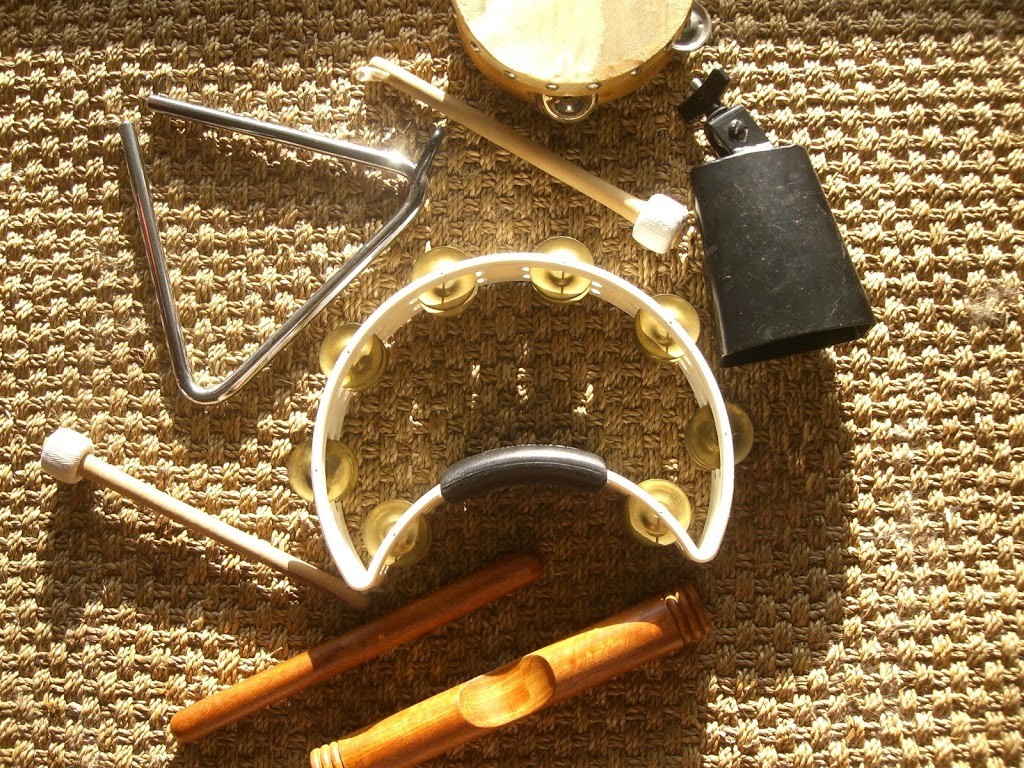
You’ve hung out your shingle (or your post on your favorite community social media board) and while you’re waiting for the calls to come in and the studio to start filling up, you’re wondering if you’ve got everything in place.Today’s professional piano teaching studios are a far cry from the little old lady’s living room you may have taken lessons in in your childhood — especially in Covid-19 and post-Covid-19 times.
Today’s teachers are digitized, many of them with electronic keyboards, Skyping capabilities, tablets and Ipads (and a million aps), and computer composing software. Even the most traditional teachers had to do a 180-degree pivot to keep working during the pandemic: With quarantine regulations, it was either adapt or shut down. We’ll get to the electronics required for distance-learning in another post. But just for right now, let’s start with the basics for person-to-person learning.
Your Piano
I’m assuming you have an acoustic piano. I do know some teachers who teach on a digital — usually because they live in an apartment where volume and space are issues. But by and large, the gold standard is still an acoustic piano. You won’t be able to attract serious advanced students without one.
You’ll also need a good relationship with a local piano tuner. First of all, you’ll need his help not only for tuning, but for the inevitable mechanical problems that affect any well-used instrument. Your tuner will also be a source of referrals — and you will refer students to him or her, as well. Some even give teachers a commission when students buy a piano from them.
Ask about getting a Dampp-Chaser system, or at the very least discuss climate control. Humidity, air conditioning, proximity to fireplaces, hearing vents, windows, and direct sunlight will all affect your piano.
Accessories
An adjustable bench is a must. A standard artist bench with a knob that raises and lowers the seat is a traditional choice. I have a Discacciati bench with a hydraulic lift. It’s an easier mechanism to operate.
A good chair for you to sit in.
A Pedal Extender. Children younger than 9 or 10 usually can’t reach the pedals. A pedal extender makes it possible for them to sit in a stable, grounded position and reach the pedals once they are ready for them.
Foot rest. Even if you don’t spring for the pedal extender, you’ll need a foot rest for young children so their feet aren’t hanging down, but rather, are solidly placed on a stable block. You won’t believe the difference this makes.
Piano Lights. You’ll need good task lighting right over the sheet music. Room lighting and standing lamps can help , but it’s essential that their be light right over the sheet music. A gooseneck clip on light works for grand pianos; a standing lamp with a gooseneck works for uprights. Clip on battery powered lights can also be used, especially as supplements.
Hard-backed notebook and plastic non-shiny sheet protectors. I have my students store all assignment sheets, theory worksheets, and digital downloads in non-glare (matte) sheet protectors stored in hard backed three ring-binders. (Softer covers sag on music stands).
Photocopier/printer: For worksheet, assignments, digital downloads, etc. Remember to obey copyright laws and honor the terms of digital downloads.
Metronome: Sure you can download an ap on your phone. But I have an old-fashioned wooden one. My students are fascinated by it.
Juggling balls (bean bags) for hand position. I have kids squeeze these to get a grip on the correct hand position. I’ve found it really helps. Plus, since I can juggle, I also use them to juggle in rhythm with a young child’s playing — just for a bit of fun.
Stickers: Say what you will, little kids love stickers. So, even, do some adults. Stickers as rewards for good work are an easy and appreciated gesture.
Lots of pencils and a way to sharpen them: I can’t bring myself to write in pen in a music book. I go through pencils — WITH erasers — at an alarming rate. Oh, and a sharpener.
Colored highlighters: To note problem areas in music or to highlight practice suggestions.
Music paper: For composing and doing note reading and writing exercises.
Library of sheet music: You’ll need to invest in a library of beginner and intermediate piano books. Play through them as you buy them and note which pieces have what characters and teach which skills.
Percussion instruments: for rhythm exercises and rhythm reading.
